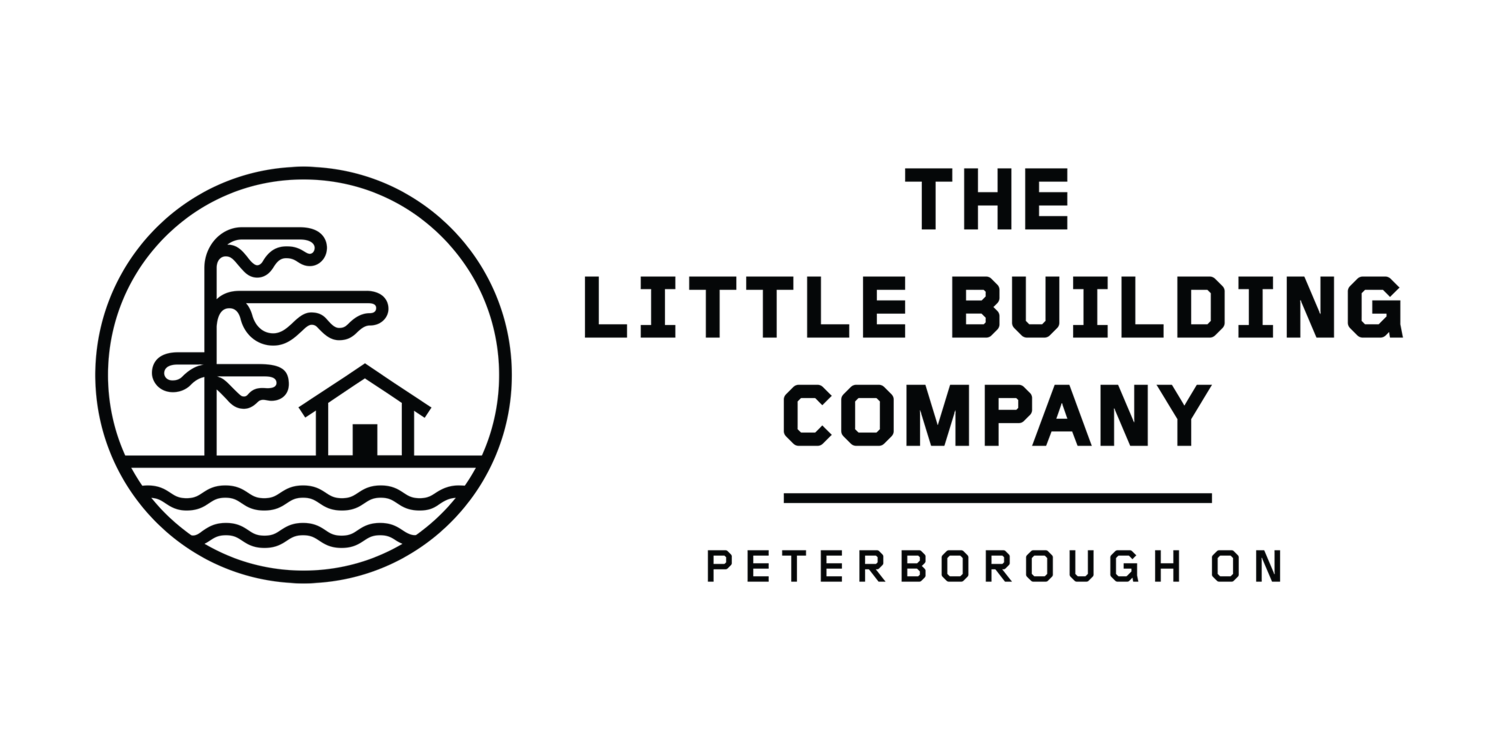Introduction: When it comes to constructing small buildings, choosing the right foundation is crucial for both longevity and functionality. This post explores various foundation options for small buildings, balancing cost, practicality, and durability.
Building Code Considerations in Ontario: In Ontario, accessory buildings under 592 sqft (55m²) are not required to have a foundation extending below the frost line. This is because smaller buildings can generally move monolithically, meaning that even if there is slight frost heave, it's typically not a cause for concern. This flexibility in the building code offers several creative foundation solutions.
Simpler Foundations: Cottage Blocks and Patio Stones: For many small structures, like guest cabins or backyard offices, using cottage blocks or patio stones is a practical solution. This method involves removing the topsoil, adding a layer of gravel for drainage, and then placing the blocks or stones. This approach provides enough support for many buildings, is cost effective, and can be easily adjusted if necessary. In the event of frost heave, the building can be jacked up and re-leveled with relative ease, although this has rarely been necessary for us.
Piers for Uneven Ground: For uneven ground, using piers is an effective solution. These can be concrete piers or helical piers (big metal screws). When installing piers, it's often best to go below the frost line or down to bedrock to ensure stability and longevity.
Insulating the Floor System: If the building is going to be heated an essential step in this process is insulating the wood-framed floor system. Typically, we will insulate these spaces with Roxul Batts. Additionally, using pressure-treated plywood on the bottom of the floor system can prevent critters from getting into the structure.
Dealing with Critters: One downside of simpler foundation methods is the potential for critters to live under the building. To counteract this, some opt for a concrete slab-on-grade foundation, which, while more costly, offers better protection against wildlife and adds stability. If the building is to be heated, it's advisable to insulate under the slab for energy efficiency.
Special Considerations for Saunas and small sheds: For structures like saunas, which are typically lighter and less permanent, there's flexibility in foundation choices. Many are simply placed on patio stones or pressure-treated 4x4s to keep the floor off the ground and prevent rot. Some owners prefer concrete slabs for a more permanent solution, while others integrate the sauna into an extended deck area, offering both functionality and aesthetic appeal.
Conclusion: Choosing the right foundation for a small building is a balance of practicality, cost, and the specific needs of the structure. Whether opting for simple block foundations or more elaborate slab or pier systems, each solution offers its own set of benefits to consider for your next project. At The Little Building Company, we’ll always try and steer you in the right direction to help you find what makes the most sense for your project.
